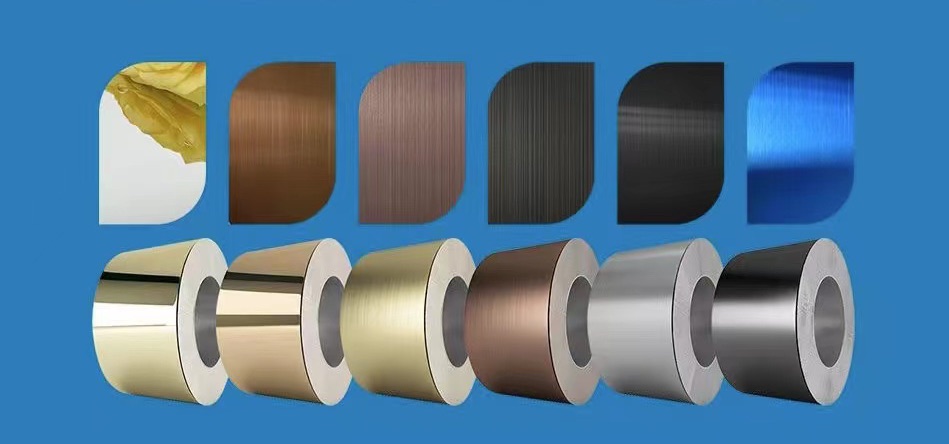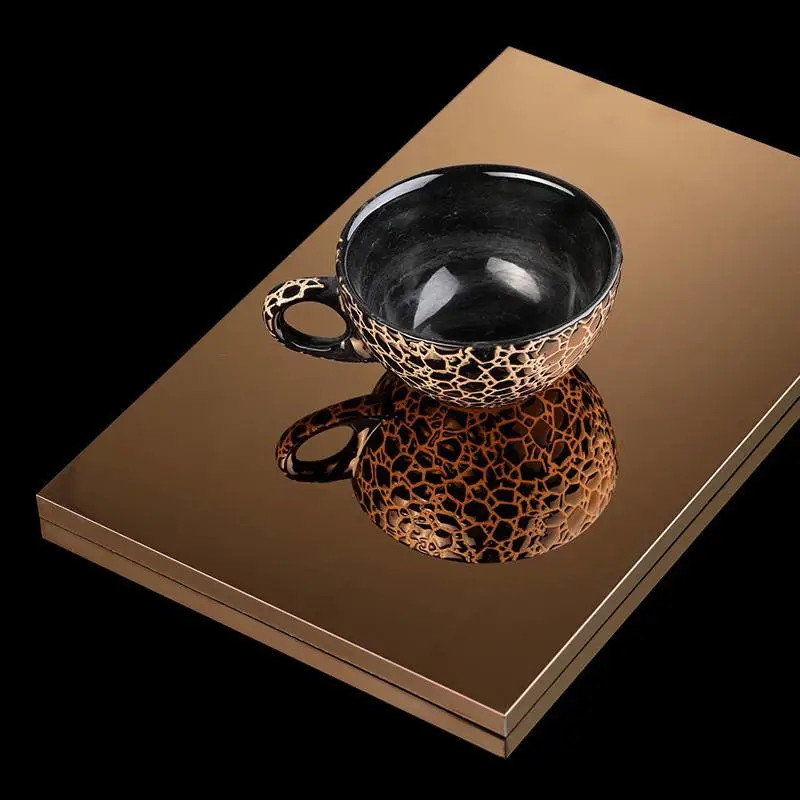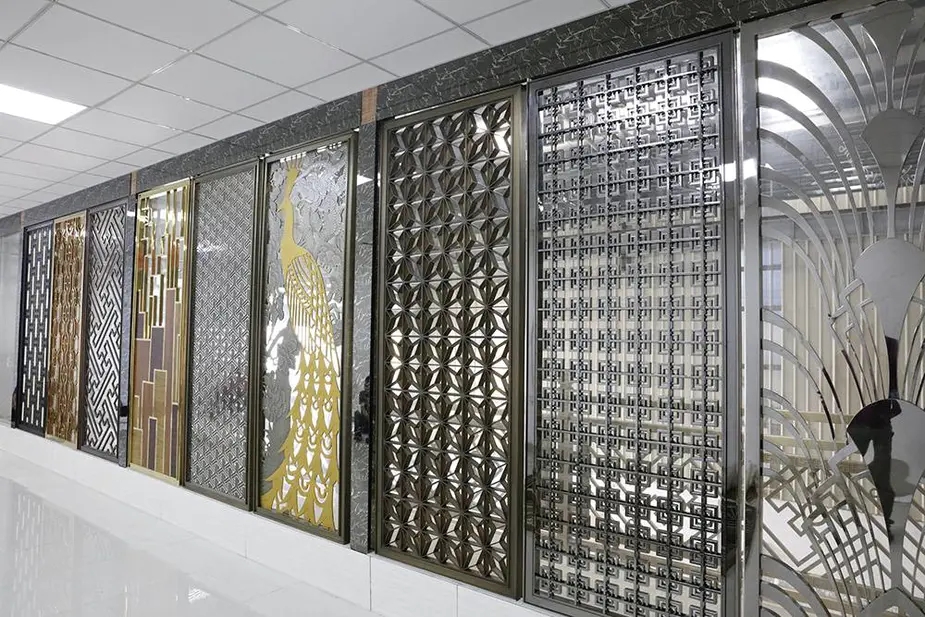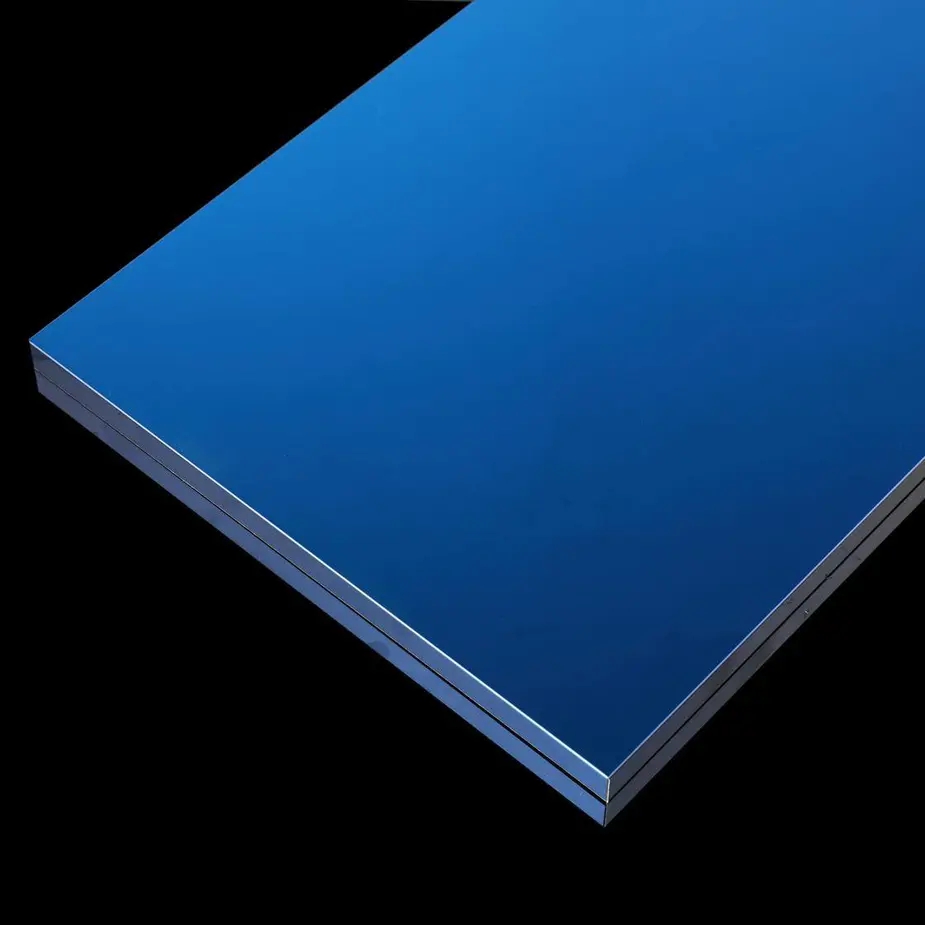Stainless steel, a ubiquitous and versatile material, has become an integral part of our daily lives, from kitchen appliances and cutlery to architectural structures and medical instruments. This exceptional alloy is admired for its corrosion resistance, strength, and aesthetically pleasing appearance. But when and who created stainless steel, and who were the pioneers behind this innovative material? Let's delve into the intriguing history of stainless steel.
The Birth Of Stainless Steel
Stainless steel's journey began in the early twentieth century when metallurgists were looking for a corrosion-resistant alloy that could tolerate severe industrial settings. In 1912, Harry Brearley, a British metallurgist, is often credited with the discovery of stainless steel. While working at Brown Firth Laboratories in Sheffield, England, Brearley was tasked with developing erosion-resistant gun barrels for the military.
During his experiments, Brearley noticed that a particular steel alloy, containing around 12.8% chromium, exhibited exceptional resistance to corrosion. This was the beginning of what we now call stainless steel. However, Brearley first referred to it as "rustless steel."

High-Gloss Stainless Steel Coil
The Role Of Chromium
Chromium played a pivotal role in the invention of stainless steel. The addition of chromium to iron creates a thin, invisible layer of chromium oxide on the surface of the alloy. This layer works as a barrier, preventing corrosion of the underlying steel. The higher the chromium content, the stronger the corrosion resistance of the steel.
Stainless Steel In the 20th Century
Following Brearley's breakthrough, other researchers and metallurgists continued to refine and improve stainless steel alloys. In the 1920s, American metallurgist Elwood Haynes also developed a corrosion-resistant steel, independently contributing to the evolution of stainless steel. During World War I and II, the alloy gained appeal for its durability and corrosion resistance, establishing its relevance in a variety of industrial uses.

No.8 Mirror Stainless Steel Coil For Decoration
Advancements And Applications
Stainless steel has undergone several modifications and developments throughout the years. The creation of multiple grades with varying alloying elements increased its uses, making it appropriate for a wide range of sectors. By the mid-20th century, stainless steel was widely used in manufacturing, construction, transportation, and household products.
Contemporary Uses And Innovations
In the modern era, stainless steel continues to be an indispensable material. Its corrosion resistance, strength, and hygienic properties have led to its use in the production of kitchen appliances, medical instruments, cutlery, architecture, and more. Advances in metallurgy and production processes have enabled the development of stainless steel alloys customized to specific requirements.

Stainless Steel Sheet Manufacturer
Conclusion
The creation of stainless steel in the early twentieth century, due principally to Harry Brearley, was a watershed moment in metallurgy. The alloy's corrosion resistance and versatility revolutionized various industries and became an integral part of our daily lives. By the way, if you are looking for high-quality stainless steel, look no further than XINGUNAGYUAN! As a leading stainless steel supplier, we are devoted to offering a wide range of stainless steel products including stainless steel sheets, stainless steel coils, etc. Choose us and get top-quality products now!
FAQs
1. What are the key properties that make stainless steel unique?
Stainless steel is renowned for its distinctive properties, including corrosion resistance, strength, and versatility. The alloy's resistance to corrosion is primarily attributed to the presence of chromium, which forms a protective oxide layer on the surface. This property makes stainless steel ideal for applications in harsh environments, such as those found in the chemical, marine, and medical industries.
2. How has stainless steel evolved since its invention in the early 20th century?
Since its initial discovery by Harry Brearley in 1912, stainless steel has undergone continuous refinement and innovation. Metallurgists and engineers have developed various grades and alloys to enhance specific characteristics, leading to the creation of stainless steels tailored for different applications. Advancements in manufacturing techniques have also played a crucial role in expanding the range of uses for stainless steel in the 20th and 21st centuries.
3. What are some iconic examples of stainless steel applications in everyday life?
Stainless steel's ubiquity in our daily lives is undeniable. From kitchen appliances and cookware to architectural structures and medical instruments, stainless steel is a versatile material with a wide range of applications. Iconic examples include stainless steel cutlery, sinks, surgical instruments, and the use of stainless steel in modern architecture for its durability, aesthetic appeal, and low maintenance requirements.

.jpg)
